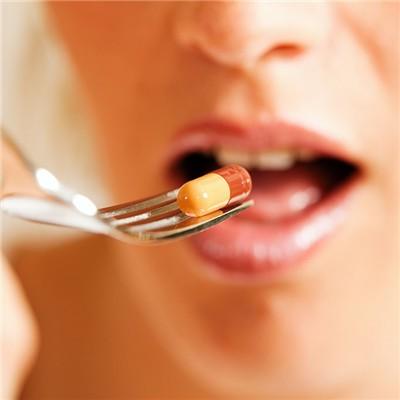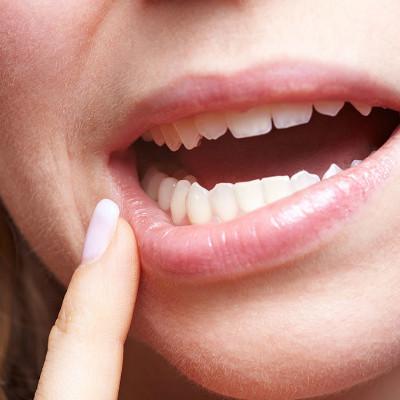Did you get tetanus after eating rust
summary
Tetanus is an acute infectious disease characterized by muscle tonic spasm caused by the growth and reproduction of Clostridium tetanus in anaerobic environment. Severe patients may die of laryngeal spasm or secondary severe pulmonary infection. Neonatal tetanus is caused by umbilical cord infection with high mortality. So what about the tetanus caused by rust?
Did you get tetanus after eating rust
First of all, it should be clear that the incidence of tetanus has specific conditions, only when the wound is deep, dirty, poor drainage and other circumstances, such as rust nail injuries, tetanus will not be infected through the digestive tract, even if the gum bleeding, it will not cause infection, this need not worry, specific should follow the guidance of clinicians

Secondly, tetanus is a kind of anaerobic bacteria, which can only survive in the condition of deep wound without oxygen. If it is only gingival bleeding, it is only a superficial wound, which is not conducive to the growth of tetanus. In this case, because gingival bleeding is only a superficial wound, which is not conducive to the growth of tetanus bacteria, it will not lead to the possibility of tetanus infection.

Finally, if you eat rust, you won't get tetanus, because it will be killed by stomach acid, and the environment in the stomach is not suitable for the growth of bacteria, so you won't get sick.

matters needing attention
Clostridium tetanus has no invasiveness, does not invade blood circulation, and only grows and propagates in local wounds. Its pathogenicity is mainly caused by exotoxin. Exotoxin mainly invades spinal cord and brainstem motoneurons, once combined with nerve cells, it can not be neutralized by tetanus antitoxin. After Clostridium tetanus spores invade local wounds, they will not grow and reproduce. If there is suppurative infection with aerobic bacteria, local blood circulation is poor due to severe tissue trauma, or necrotic tissue and foreign bodies remain, forming a local anaerobic microenvironment, it is very conducive to the reproduction of Clostridium tetanus.













